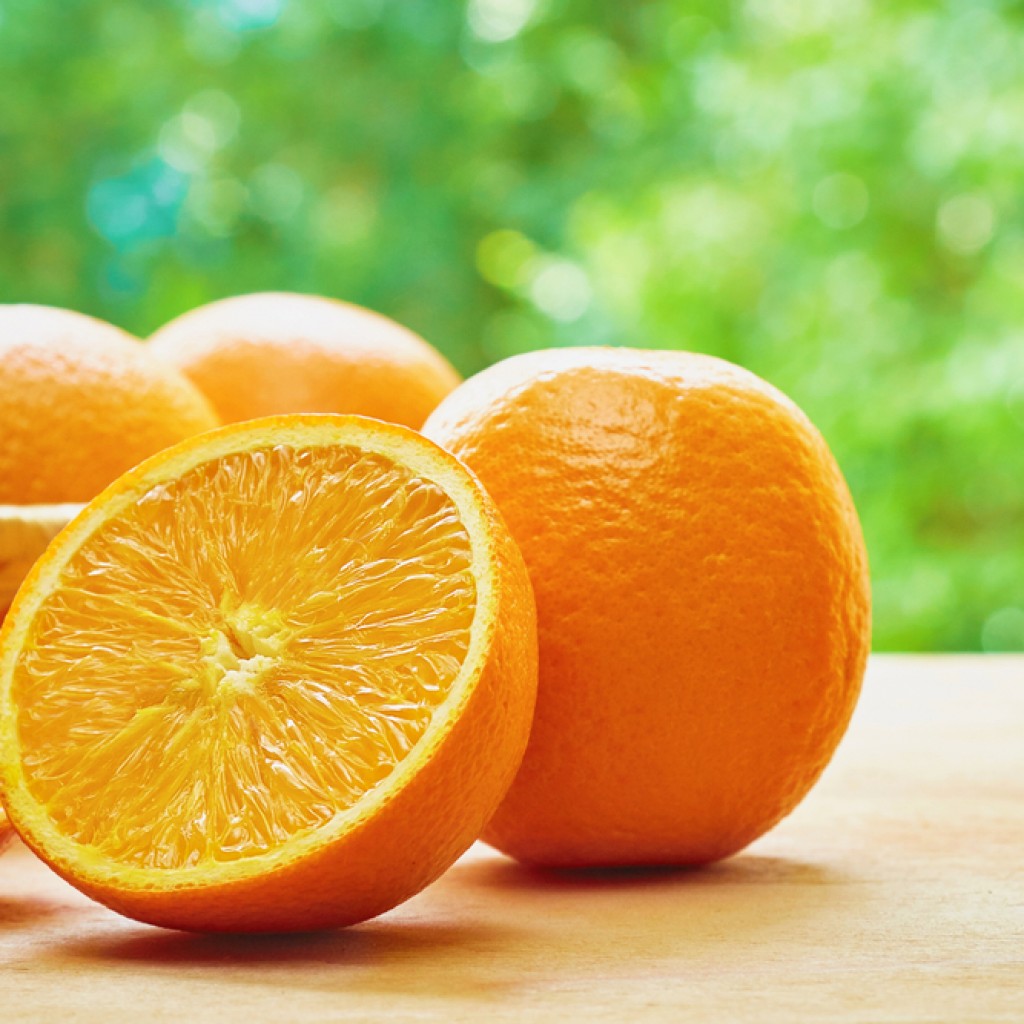
The latest estimates show “a slight decrease” in Florida orange production to 71 million boxes for the 2016-17 season, according to the Florida Department of Citrus.
The department on Thursday shared the results of the most recent U.S. Department of Agriculture forecast, the first in 2017.
The state’s citrus industry has been hurt by the citrus greening epidemic. The so-far incurable disease is attacking fruit, causing it to turn green and bitter, and eventually killing the tree.
Florida’s famous oranges are most at risk.
“Despite the decrease, (the) crop size projection remains above the 70 million boxes the USDA initially estimated in October,” its press release says. “The report also projects a slight decrease in the state’s grapefruit production to 9 million boxes.”
Shannon Shepp, the department’s executive director, attributed the changes to “the slight fluctuations this industry is accustomed to historically in a season.”
“We see this as a positive sign that we are gaining ground on (citrus greening) and getting closer to a stabilized industry,” Shepp said in a statement. “We continue to see growers invest in the future of Florida Citrus by putting new trees in the ground.”
The FDOC, funded in part by taxes paid by the state’s citrus growers, “serves as the chief marketing and promotion arm for the industry,” it says.
Florida Commissioner of Agriculture Adam Putnam was more guarded about the updated forecast.
“Because of citrus greening, production of our state’s signature crop is down 70 percent from 20 years ago,” he said in a statement. “The future of Florida citrus, and the tens of thousands of jobs it supports, depends on a long-term solution in the fight against greening.
“Our brightest minds are working to find a solution, but until then, we must support our growers and provide them every tool available to combat this devastating disease.”
Putnam has asked the federal government to consider approving antimicrobial treatments to fight greening, which is caused by a jumping plant louse and the bacteria it hosts.
The tiny bugs feed on citrus leaves and infect the trees with the bacteria as they go. Researchers have been looking into ways to cure the disease or to grow a strain of citrus resistant to the bacteria.
Putnam “has requested more than $17 million in state funding to continue critical research and support Florida’s citrus industry,” his office said.



